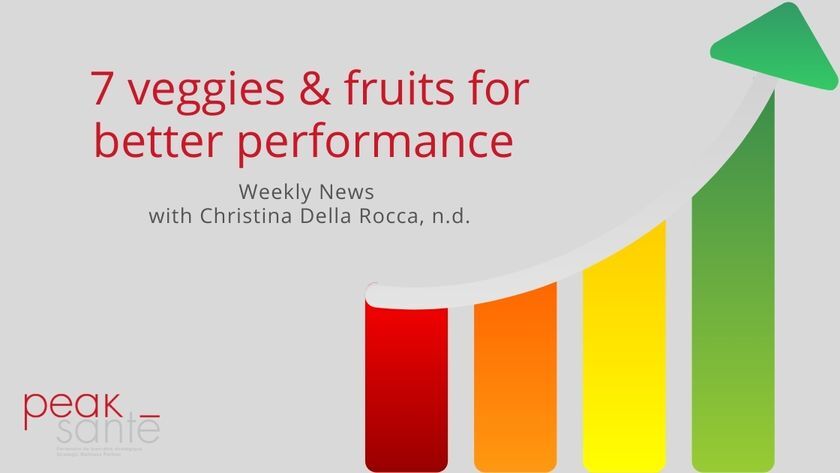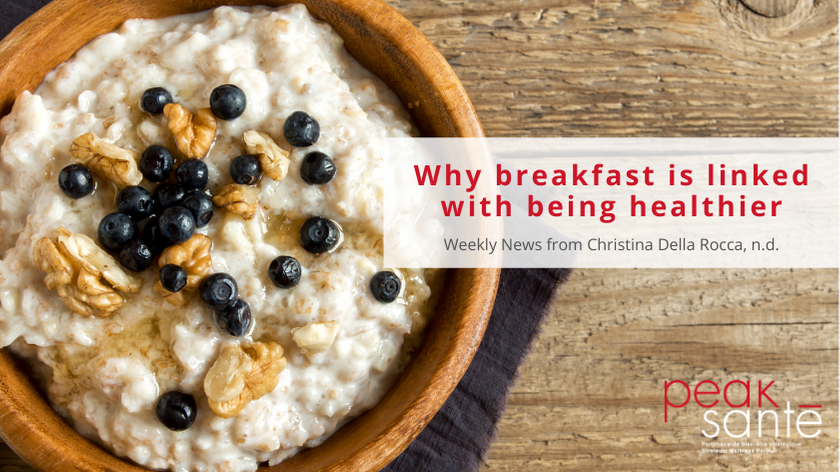
What RECENT research says about low-carb diets!
In the News
Headlines can be misleading, but couldn’t pass up this one on Medscape that read, “For Weight Loss With a Low-Carb Diet, Quality Matters.”
This was a study that looked at weight change in 123,332 people following a low-carb diet over 4 years.
Results showed that those who followed a low-carb diet with more healthy fats and plant protein, but less refined carbohydrates experienced the most weight loss over 4 years.
But those who followed a low-carb diet with more unhealthy fats, animal protein, and refined carbohydrates experienced the opposite: weight GAIN.
In this case, the headline was true. QUALITY MATTERS!
Pro Health Tip
Two of the most common foods that I see people react to in my practice are gluten and dairy, so today let’s take a look at some of my favorite food swaps for these extremely common foods!
🥨 For Gluten:
- Sandwich → Lettuce Wrap, lettuce boats, or Gluten-free crackers when you want more crunch.
- Wheat Tortilla → Corn Tortilla
- Pasta → Spaghetti Squash or zucchini noodles or rice noodles
- PLUS most items have gluten free versions: pasta, bread, crackers, pancake mix, etc. Just be sure to read labels to find the healthiest possible versions.
🥛 For Dairy:
- Milk → Oat, Almond, Coconut, or Rice Milk
- Creamer → Coconut Milk or cream (You can make a delicious cream based sauce with coconut milk!
- Butter → Olive Oil or Coconut Oil
- Parmesan → Nutritional Yeast (literally tastes like parmesan!)
- PLUS you can find dairy-free cheese, yogurt, & even ice cream when looking for a non-dairy treat.
Did You Know?
If you’re wondering if foods might be triggering you, it’s helpful to first know what reactions might be possible.
Did you know there are actually 4 different types of food reactions?
- Food allergies trigger an immune reaction that can be life-threatening.
- Food sensitivities trigger more gradual reactions that can be harder to recognize.
- Food intolerances occur because of an inability to digest certain foods (like lactose).
- Celiac disease is an autoimmune reaction to gluten.
Of all the types, food sensitivities are the most confusing, so I’ll be sharing more on how to recognize and deal with them in my next emails!
I hope you found this information useful. If you’re seeking extra support and guidance on your journey toward peak wellness, stay tuned, as I am committed to sharing the ways in which natural medicine can empower you (and me…) to live a more abundant and well life!
I’ll be sharing more helpful insights and content in my Members Only Facebook Group:
Natural Solutions for Peak Wellness. I look forward to connecting with you there!
Make it a mindful day,
Christina
Christina Della Rocca, ND, MASS.d, FNLP, B.A.S.
Strategic Workplace Wellness Specialist & Concierge | Multi-disciplinary Wellness Practitioner
Spécialiste & Concierge de bien-être stratégique en entreprise | Praticienne en santé et bien-être









